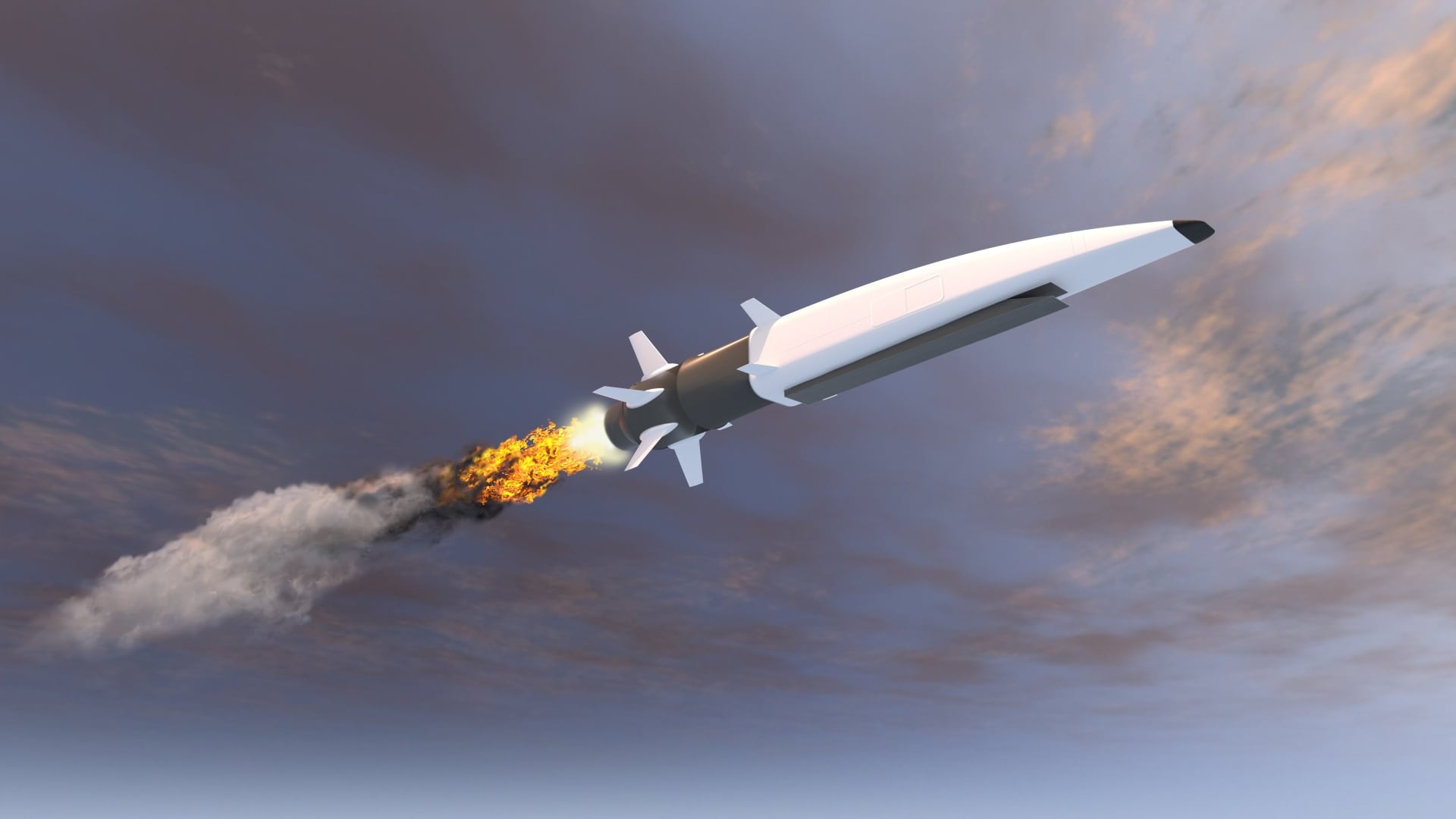Robot insects to spy on the enemy are being developed by the Army Research Laboratory in Adelphi, Maryland.
Their tiny wings are one to two inches long. They are made of lead zirconium titanate, or PZT, "a material that creates electric charge under an applied pressure or can create strain (i.e. motion) under an applied voltage or electric field. The wings bend and flap when voltage is applied to the PZT material," said an ARL news release. Similar legs have been designed for a robotic millipede.
"We demonstrated that we can actually create lift," said ARL researcher Ron Polcawich, quoted in an article at army.mil. "So we know this structure has the potential to fly."
Despite developing legs and wings, the Army is probably 10 to 15 years away from functional robot insects, according to Polcawich. One issue is the control algorithms needed for the insectoid ISR craft to fly in a strong wind without tumbling.
However, Polcawich noted the project has the lowest level of funding among projects currently being researched by his team.
Michael Peck is a correspondent for Defense News and a columnist for the Center for European Policy Analysis. He holds an M.A. in political science from Rutgers University. Find him on X at @Mipeck1. His email is mikedefense1@gmail.com.








